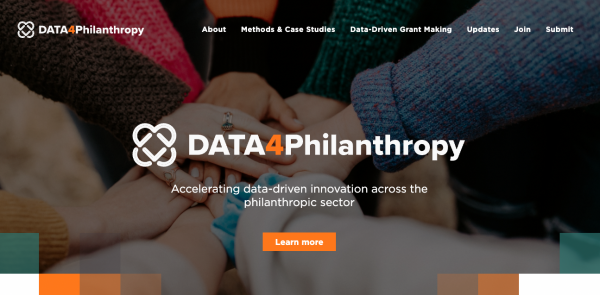Article by Jochen Lennerz, Nick Schneider and Karl Lauterbach: “Efforts to share health data across borders snag on legal and regulatory barriers. Before detangling the fine print, let’s agree on overarching principles.
Imagine a scenario in which Mary, an individual with a rare disease, has agreed to share her medical records for a research project aimed at finding better treatments for genetic disorders. Mary’s consent is grounded in trust that her data will be handled with the utmost care, protected from unauthorized access, and used according to her wishes.
It may sound simple, but meeting these standards comes with myriad complications. Whose job is it to weigh the risk that Mary might be reidentified, even if her information is de-identified and stored securely? How should that assessment be done? How can data from Mary’s records be aggregated with patients from health systems in other countries, each with their own requirements for data protection and formats for record keeping? How can Mary’s wishes be respected, both in terms of what research is conducted and in returning relevant results to her?
From electronic medical records to genomic sequencing, health care providers and researchers now have an unprecedented wealth of information that could help tailor treatments to individual needs, revolutionize understanding of disease, and enhance the overall quality of health care. Data protection, privacy safeguards, and cybersecurity are all paramount for safeguarding sensitive medical information, but much of the potential that lies in this abundance of data is being lost because well-intentioned regulations have not been set up to allow for data sharing and collaboration. This stymies efforts to study rare diseases, map disease patterns, improve public health surveillance, and advance evidence-based policymaking (for instance, by comparing effectiveness of interventions across regions and demographics). Projects that could excel with enough data get bogged down in bureaucracy and uncertainty. For example, Germany now has strict data protection laws—with heavy punishment for violations—that should allow de-identified health insurance claims to be used for research within secure processing environments, but the legality of such use has been challenged…(More)”.


